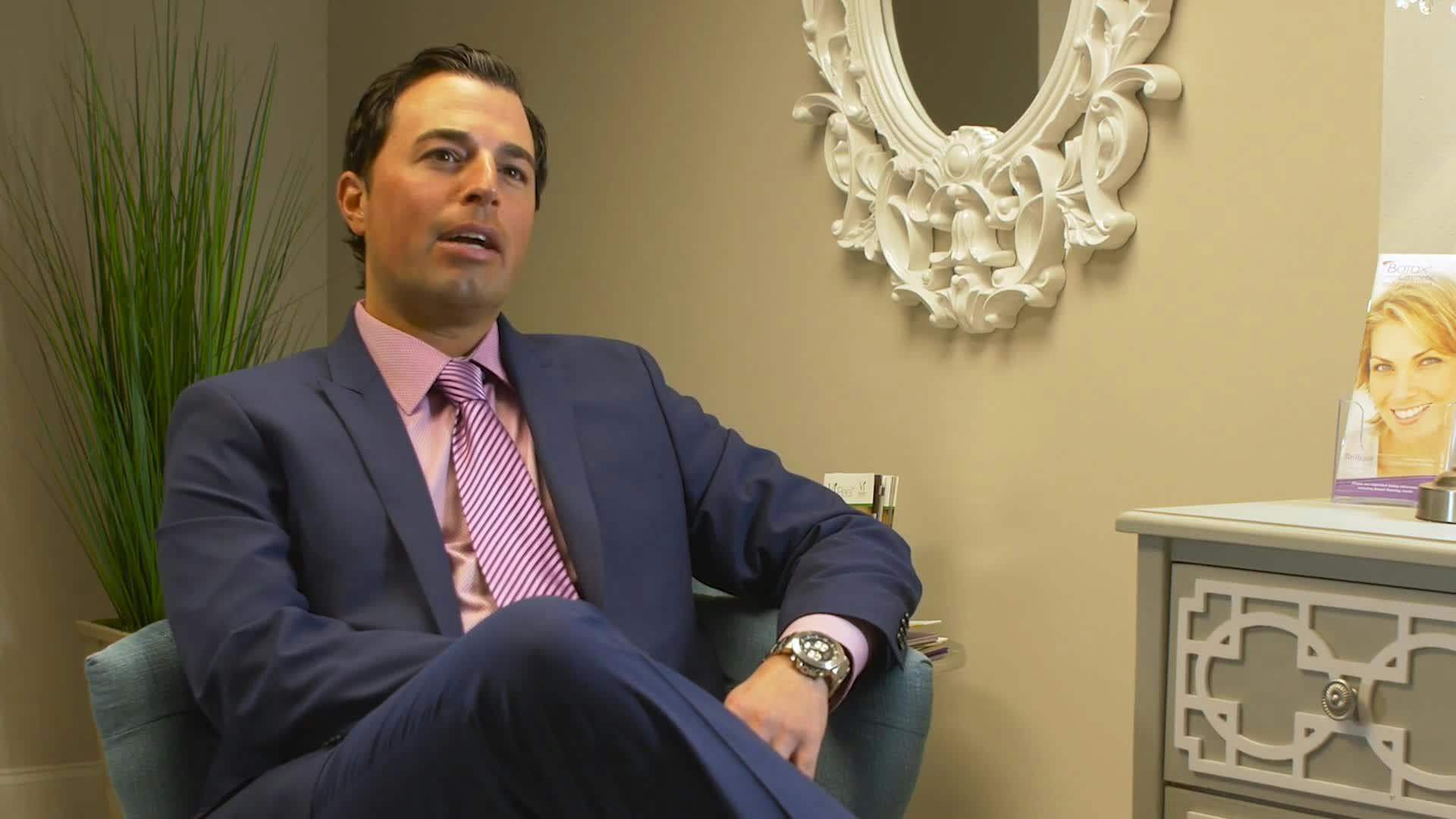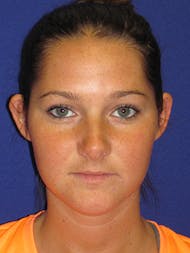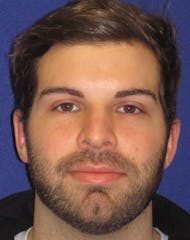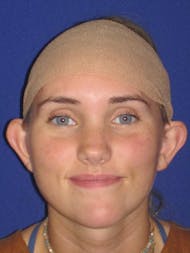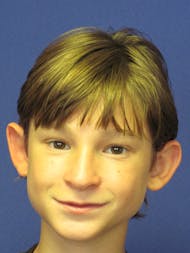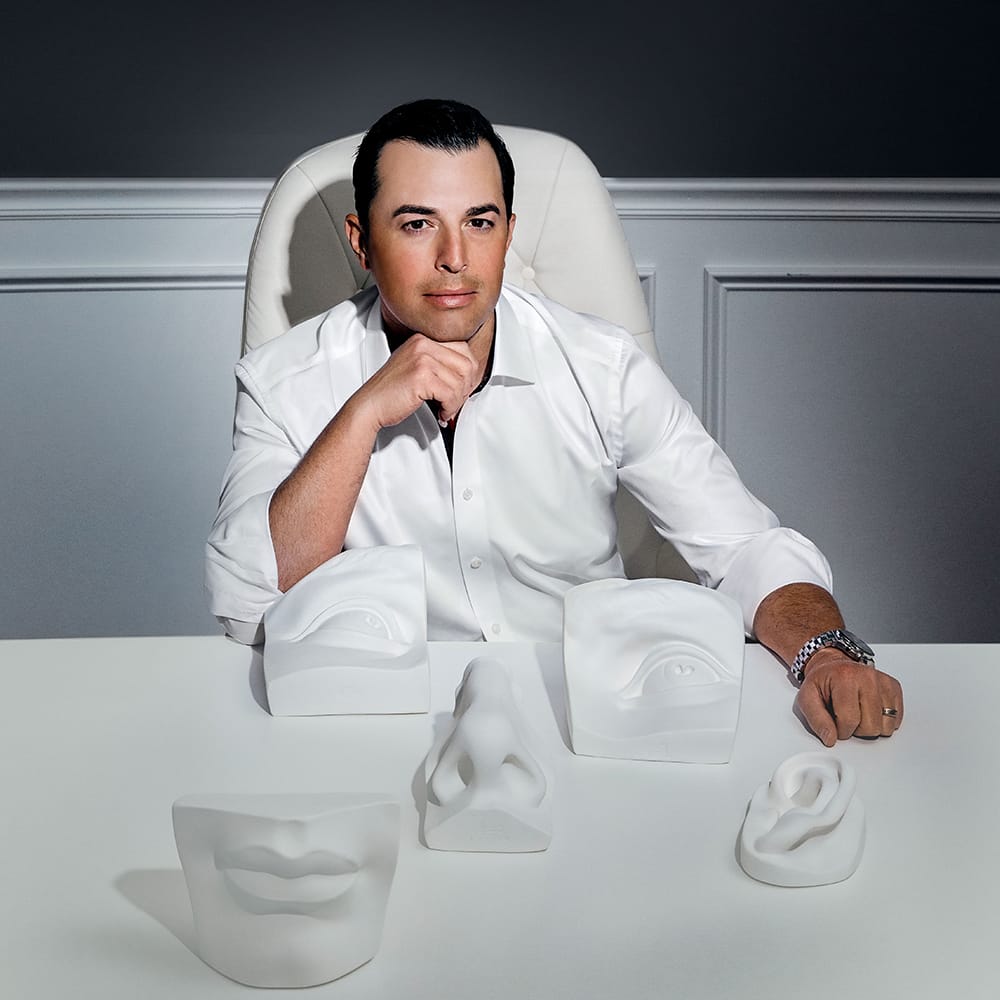Otoplasty Procedure Facts
The Procedure
The procedure is performed through a well-hidden incision made behind the ear. Specialized sutures are used to “pin” the ears back to a more natural position. Additionally, cartilage removal and remodeling may also be performed. A small piece of the excess cartilage may be removed to create a more natural and longer-lasting result. A compressive head wrap is placed at the end of the procedure to maintain the ear position.
After the Procedure
All patients are sent home on the day of surgery and are given a set of post-procedure instructions to follow. A compressive head wrap will be placed and is not to be removed. Patients will follow up on the first post-procedure day for a check-up. At that time, the head wrap will most likely be removed. The patient will then follow up as directed by Dr. Corrado during the post-procedure course.
Recovery
Following an ear surgery in Philadelphia with Dr. Corrado, the recovery period averages seven to ten days. When the compressive head wrap is removed, patients are asked to wear an elastic athletic headband for several weeks to help maintain the correct ear position during the healing process. Physical activity is reduced for the first three weeks. Contact sports and wearing a helmet are discouraged for several months, and any activity which puts the ears in jeopardy of trauma should be avoided.
Anesthesia
The procedure is performed through IV sedation, or general anesthesia can be administered for further relaxation.
Length of Time
The procedure takes between two to three hours, depending on the amount of remodeling necessary.
Surgical Goals
To reposition the protruding ears in a normal relationship to the head and face.

